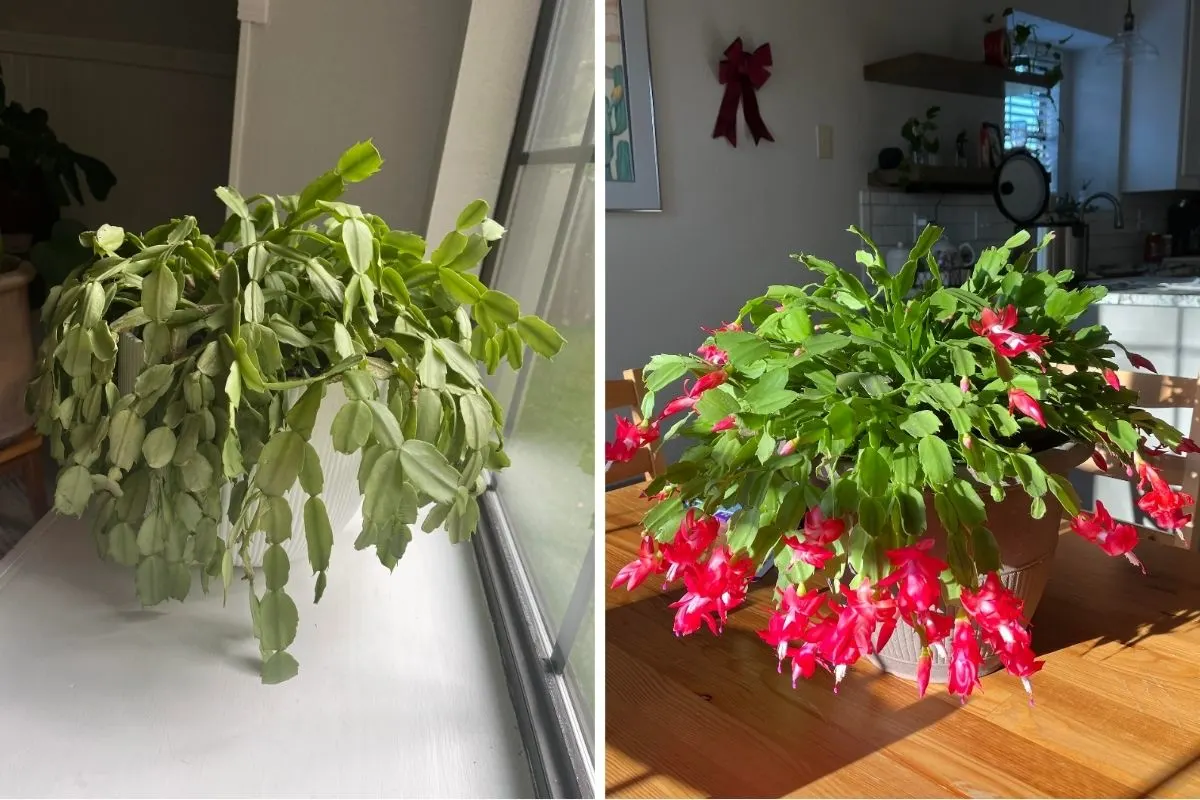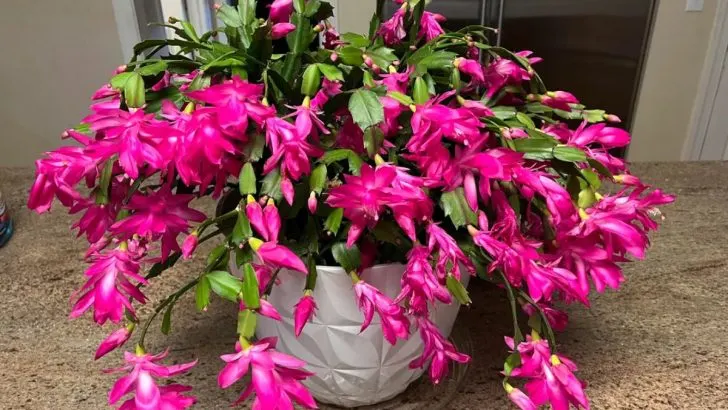The Christmas cactus is a beloved houseplant, often cherished for its vibrant blooms that brighten winter days. However, to keep your cactus healthy and blooming year after year, understanding its unique needs is crucial. The timing of when you stop watering is as important as the act of watering itself.
Watering schedules can be tricky. For a plant like the Christmas cactus, which thrives on a delicate balance, it’s essential to know when to taper off. Doing so too early or too late can affect its blooming cycle, leaving you with a cactus that doesn’t greet the holiday season with its usual fanfare.
The Dormancy Phase: Why Your Cactus Needs a Break

Every Christmas cactus enters a dormancy phase after its blooming period, typically around late winter to early spring. During this time, the plant requires significantly less water. This period is a natural part of its life cycle, a time when its growth slows down, conserving energy for future blooms.
Picture your Christmas cactus like a marathon runner resting up before a big race. It’s crucial to allow it this downtime to ensure it’s in peak condition when it’s showtime. Reducing watering during this period helps the plant transition smoothly into dormancy, setting it up for a successful bloom in the next cycle.
Signs Your Cactus Needs a Rest

If your cactus starts showing signs of yellowing leaves or wilting even when properly watered, it might be time to cut back. These symptoms can indicate that the plant is telling you it needs a breather.
It’s akin to reading a weather forecast and grabbing an umbrella—noticing the signs early can save you from a downpour of plant stress.
Another indicator is if the blooms have faded entirely and the plant seems less vigorous than before. At this stage, reduce the watering gradually to help ease your cactus into its rest phase.
The plant might look like it’s on a temporary hiatus, but trust that it’s gathering strength for its eventual comeback.
How to Adjust Your Watering Schedule

As you move into the late winter months, begin spacing out your watering schedule. Instead of your usual routine, try watering every three to four weeks.
This change mimics the cactus’s natural environment, where it experiences drier conditions during its dormancy.
Monitor the soil moisture closely. A good rule of thumb is to only water when the top inch of the soil feels dry to the touch. This method ensures that you’re not overwatering, which can lead to root rot—a surefire way to shorten your plant’s lifespan.
By adjusting your approach, you’re not just reacting, but actively understanding and supporting your plant’s natural cycle.
Nurturing for Future Blooms

By respecting the dormancy phase, you’re setting your Christmas cactus up for success come mid-fall when it’s time to transition back to a regular watering schedule.
Around this period, gradually increase water frequency as buds begin to form. This strategic nurturing is akin to preparing a stage for a performance; with the right preparation, the results are spectacular.
Adding a balanced fertilizer during this growth phase can also provide a beneficial boost. Consider this a little extra nourishment to reward your cactus for its patience and recharge its blooming ability.
With these steps, you’re not just maintaining a plant; you’re curating a botanical tradition that pays off in rich, radiant blooms year after year.
Conclusion: Trusting the Process

Mastering the care of your Christmas cactus involves knowing when to step back and allow nature to work its magic. By stopping watering at just the right time, you’re promoting a healthier, more resilient plant that will reward you with beautiful blooms.
Remember, patience and observation are your best tools in plant care. So, as you adjust your routine, trust in the process and look forward to the vibrant blooms that follow.
If you found these tips helpful, perhaps try applying them to other seasonal plants in your collection. Each has its own rhythm and by tuning in, you’ll cultivate a garden that thrives across all seasons.
Happy growing!

